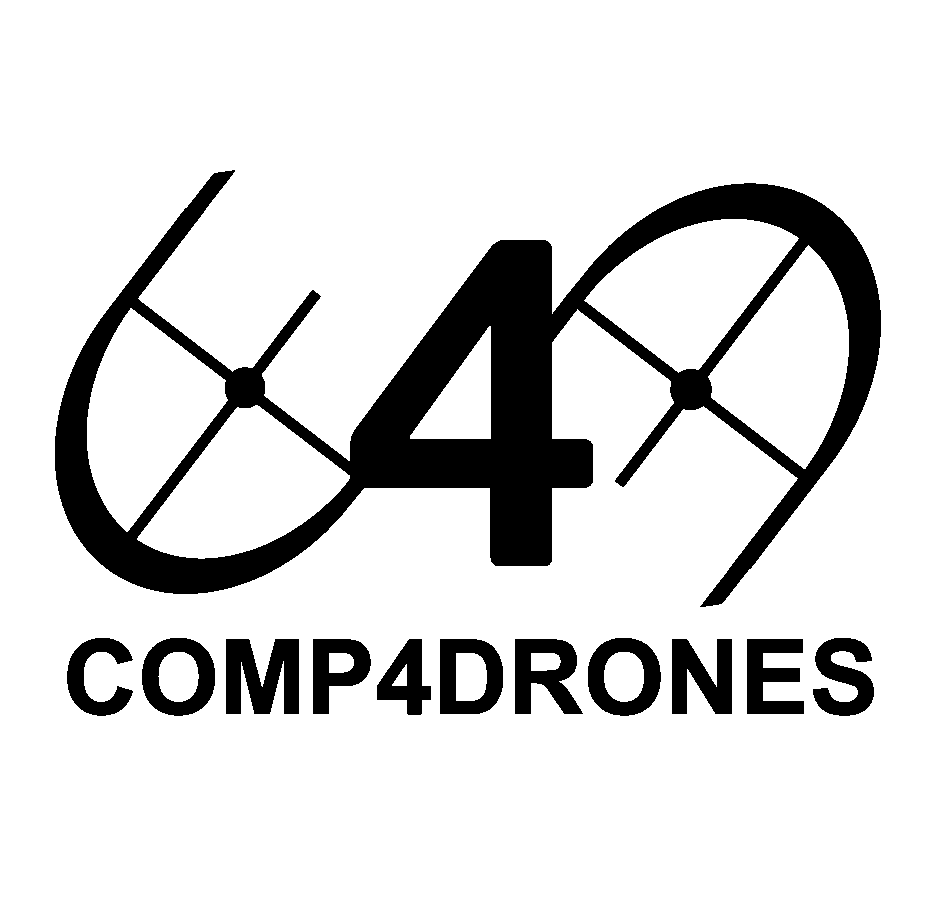Comp4Drones (EN)
COMP4DRONES is an ECSEL JU project coordinated by Indra that brings together a consortium of 49 partners with the aim of providing a framework of key enabling technologies for safe and autonomous drones. It brings to bear a holistically designed ecosystem from application to electronic components, realized as a tightly integrated multi-vendor and compositional UAV embedded architecture solution and a tool chain complementing the compositional architecture principles.
The project will mainly focus on the following objectives:
EasetheDigitizationintegration and customizationembedded drone systems.Enable drones to takesafe autonomous decisions.Ensurethedeploymentstateoftrustedofcommunications.the Minimizeconstructionthedesign and verification effortfor complex drone applications.Ensuringsustainable impactand creationprocess of anindustry-driveninfrastructure.- Definition of the state of the construction process of an underground infrastructure.
DemonstrationIn and validation activities are essentialorder to ensureachieve the quality and relevance of innovations. COMP4DRONES will ease the development of new application and functionalities on the fields of transport, construction, surveillance and inspection, logistics, and agriculture.
Decision making and automation for building BIM (Building Information Modeling) models will be carried out through DL (Deep Learning) techniques with CNN (Convolutional Neural Networks), usingobjectives, real drone flights, LIDAR point capturecaptures, RGB images and integrationthe use of simulators to extend the sensed data will be carried out, allowing us to generate autonomous detection systems (based on Deep Learning techniques with simulatedCNN environmentsnetworks) throughto simulatorsidentify suchelements asrelated AirSIM.to the geometry and characteristics of the site terrain, the flat surfaces of the structures, the recognition of fixed elements and alignments and once detected, to create a database with objects of the same type.
In the same way, and applying the same Deep Learning techniques to achieve the second objective, a drone will be flown inside the underground infrastructure, to carry out the detection of any obstacle that interferes inside the tunnel. In this way, the efficiency of the planning activities, exploration, measurements of the underground environment, tunnel cataloguing, generation of high precision models, etc. will be helped.

